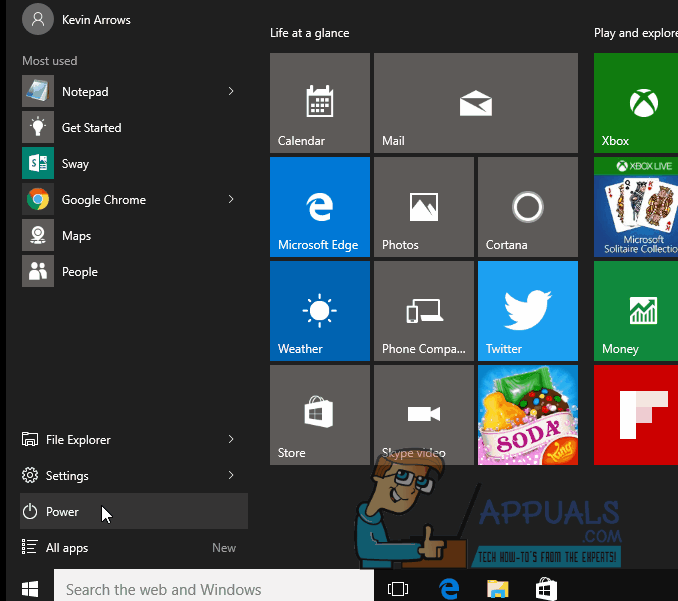How To Sign into Windows 10 Using a PIN
All Windows users are used to signing in to Windows using a password or none at all. With the new Windows 10 users are able to assign a pin to their Microsoft Windows account. This is one of the biggest reasons Windows 10 is growing in popularity so fast – with its innovative features and its new sign in option of a pin code.
The use of a pin code in Windows 10 is not just numeric, it can be a trace pattern on a picture with its gestures, or with a designated hardware equipment Windows 10 can use a biometric scheme that scans the users fingerprint, face or iris to unlock the computer.
Using a pin is better than using a password since if a password is compromised it allows the invader access to the entire system and any and all platforms linked to that password. However if a Pin code is compromised it is only usable on that device and cannot be used to access any account or other devices.
The pin log in is required if you want to take advantage of additional security features on the Windows 10 such as the Windows Hello, the fingerprint scanner for security or the Iris reader. Adding a pin is also easier on touch screen devices.
To add the pin to your account you must open the Settings app and go to the Accounts option. Once there you click on the – Sign In – option on the left, and then click or tap on the Add button right underneath pin on the right side of the screen.
If you are then asked to verify your account password then enter the account password being referred to and then press the OK button.
Then enter your Microsoft Account password – if you have it and then press Sign In – once you have entered your password you can confirm your identity by adding the numbers from the dialogue box to gain access. The minimum required length for your Pin is four digits, from 0 to 9 with no special letters or characters allowed – however your numeric pin can be as long as you want. To see what pin numbers you have so far you can click on the icon to right side of the dialogue box that will show your pin number for a brief moment.
The only basic criteria for selecting a pin number is that it must be at least four digits long and there are no limits to length or complexity in the pin. However before you select a pin number it is essential to consider the following factors:
It is important to choose a difficult pin but the numbers must be easy for you to enter fast and accurate otherwise there is not much difference to typing in a normal password.
It is always important to not choose simple numbers like – 0000 or 0123 or 5555 – as this will be easy to guess.
It is also crucial to avoid using pin numbers from bank account or credit cards as this can compromise safety either way.

To change the pin for your Microsoft account, you click on to the settings tab – then accounts and then tap on to Sign In options. There you press the Change button beneath the Pin written on the right side of the screen.
Here you enter your current pin, then enter the new pin of your choosing and then tap on to OK.
Once you’ve done this your new pin will automatically be generated and the next time you sign in to Windows accounts you will be prompted for this pin.
If under any event you are unable to sign in to Windows you will be given the choice of a link giving you other Sign in Options. Once you choose that you will be offered any of the sign in options you have created in Windows such as the PIN, Windows Hello, a regular password, picture password or finger print scan.
If you ever boot into your computer under Safe Mode you will need to sign in with your password and not be able to avail any other Sign in Options. Generating a PIN on to your Windows device is easy and effective and can be changed or recovered as required.